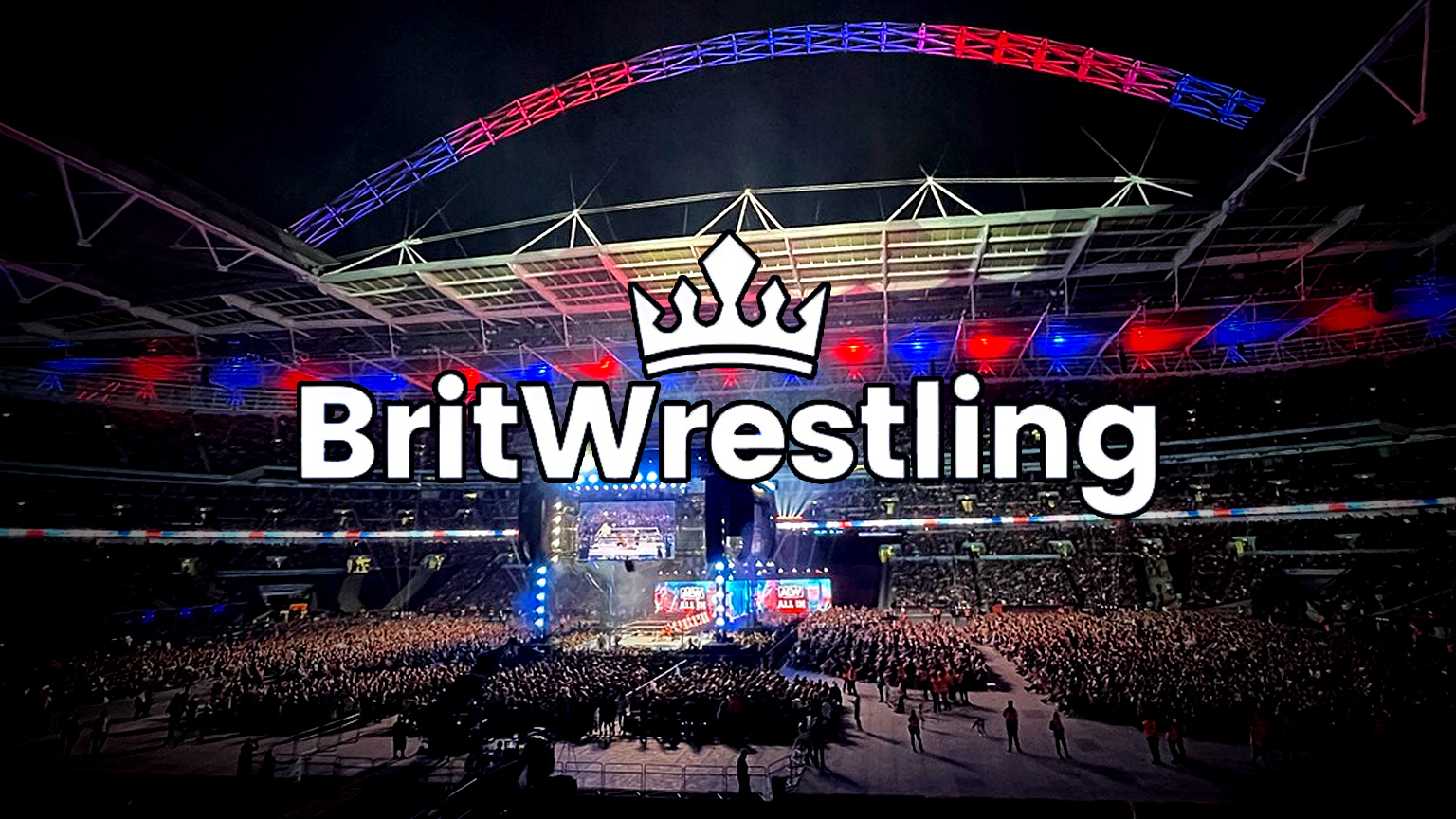2025 could be a huge one for British wrestling, with a number of stars set to breakout in the new year.
Companies like RevPro and Progress have been on the up-and-up this year, with thousands attending their biggest shows all across the country.
With that comes a number of new stars being built. With top wrestlers leaving for pastures new in the US and Japan, young and hungry young talents are taking their places in main event matches.
This list will showcase some wrestlers from the UK that you should be looking at in 2025.
They are up-and-comers who could be set for a breakout year. These aren’t stars of big companies, like Will Ospreay, Drew McIntyre or Gabe Kidd.
If you think we’ve missed your favourite wrestling star, shout at us angrily in the comments section below!
11. Leon Cage

Despite being just 17, Leon Cage is among the best young wrestlers in the world today.
The teenager from South Wales went viral this year after Will Ospreay made the public aware of his “Stomp to the Future” Powerbomb, turning a springboard stomp into a powerbomb in something nobody had ever seen before.
Leon Cage continues to impress and improve every time he sets foot in a wrestling ring. Fans should make the most of him while they can as he seems destined for big things in the US or Japan whenever he decides to take the plunge (probably once he finishes his A-Levels).
It seems disingenuous to put him on this list as he already seems like a huge star. His match against Michale Oku was one of RevPro’s best matches this year and he will only get better and better as the Welsh star continues to mature in British wrestling.
10. Kanji

The Nottingham-born Kanji has been a fixture of the UK indie scene for some years now.
However, 2025 should be the year where she is recognised as one of the best female wrestlers in the country.
She should be winning titles in major promotions, and I think that is Kanji’s next step in British wrestling.
9. James Ellis

James Ellis is a young wrestler from Swansea who has all the makings of a top star in the future.
He is an MJF-type heel: he talks big and backs it up in the ring.
James Ellis is still early in his career. He has lots of time to get even better, which is scary considering how good he is in the ring and on the microphone already.
8. Alex Windsor
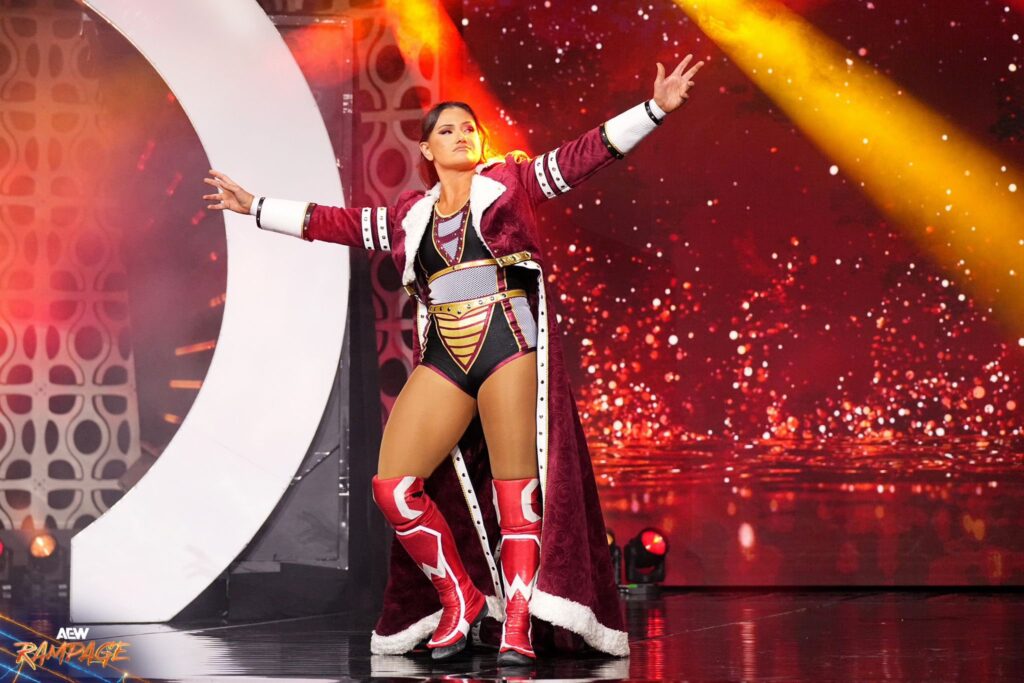
One wrestler who has been improving hugely over the last few years is Alex Window.
The Englishwoman has put on some incredible matches in 2024, and is one of the top wrestlers in RevPro at the moment.
Alex Windsor’s partner Will Ospreay is clearly rubbing off on her. She is one of the most impressive women wrestlers in Britain today in the ring.
She’s already had a couple of matches in AEW, while also being crowned as the new World of Sport Women’s Champion. The sky is the limit, and expect to see her full-time in AEW in 2025.
7. Connor Mills
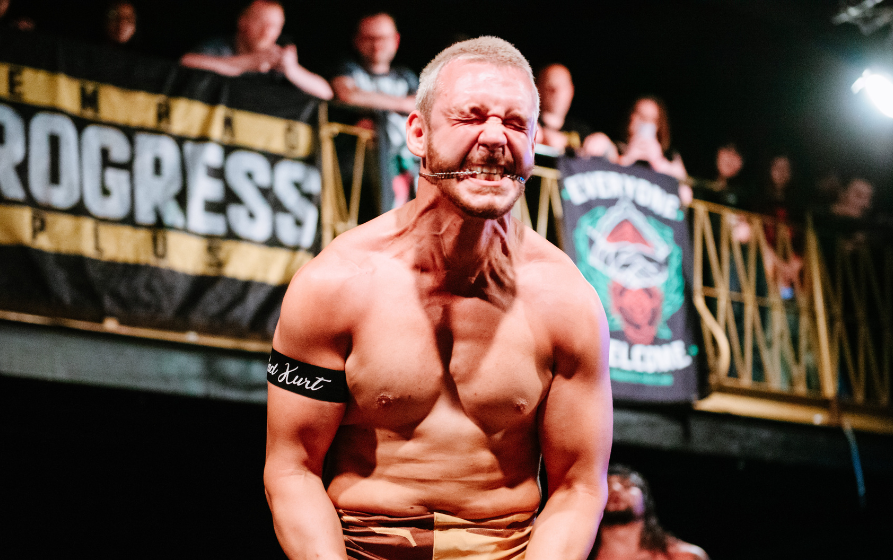
“True Grit” Connor Mills is quickly establishing himself as one of Britain’s most exciting young wrestlers.
Connor Mills is only 25-years-old, and has decades of wrestling still ahead of him.
He has a long way to go, but he has been featured more and more for RevPro. 2024 was a big step up for him, and 2025 could be even bigger.
6. Tate Mayfairs

Tough-talking Englishman Tate Mayfairs calls himself “The Greatest Professional Wrestler To Ever Walk Planet Earth”.
While that may not be completely true, he is definitely one talent you have to watch in Britain in 2025.
The Englishman has vowed to return to AEW to wrestle Will Ospreay in the future.
Given his current trajectory and the amount of talent he has, I would not be surprised at all if he ends 2025 as an All Elite wrestling.
5. Kid Lykos II
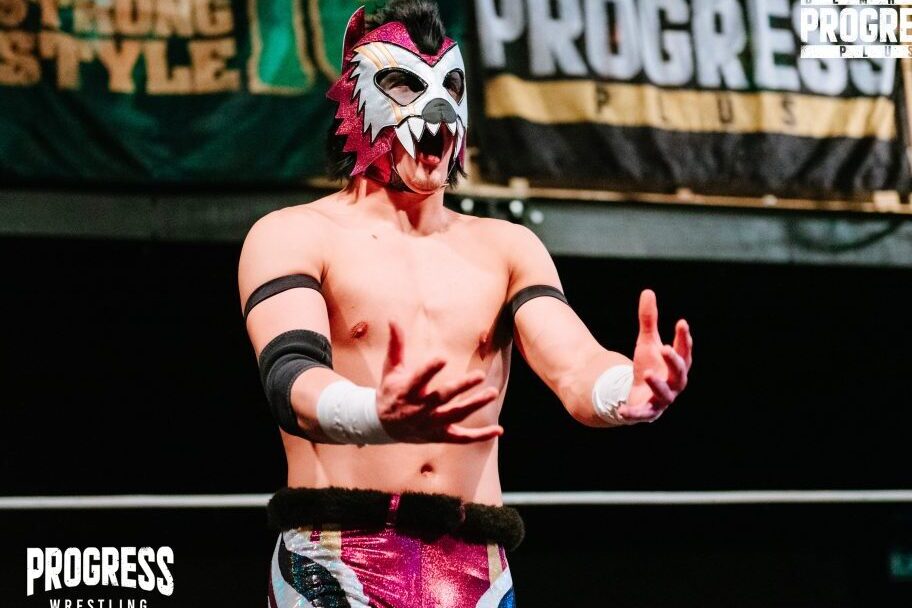
The second man to wear the Kid Lykos mask, Kid Lykos II, could be set for a breakout year on the UK indie scene in 2025.
He impressed in RevPro’s British J-Cup this year. Kid Lykos II beat his mentor, Kid Lykos, in a technical masterpiece in 2024, although he failed to stop Lio Rush winning the tournament.
While the Lykos Gym duo hugged to end their match, the tension was obvious to everyone in the building.
In 2025, we can see Kid Lykos II battling Kid Lykos again, reverting to his previous in-ring moniker of Joe Nelson.
4. Man Like Dereiss

If you like chanting the numbers “01” followed by “21”, then you will absolutely love Man Like Dereiss.
The Birmingham-born wrestler is one of the hardest-working men on the indie scene. Its hard to find a card in this country that doesn’t have him on these days.
Don’t let his pre-match rapping fool you – when he steps into the ring, he is nothing but a serious wrestler (except when he’s wrestling Vanessa Feltz on Channel 4).
Man Like DeReiss has been featured more this year in Progress, RevPro and OTT, as well as in the US for GCW. 2025 should be even bigger for Man Like Dereiss, and few wrestlers deserve it more than him.
3. Adam Maxted
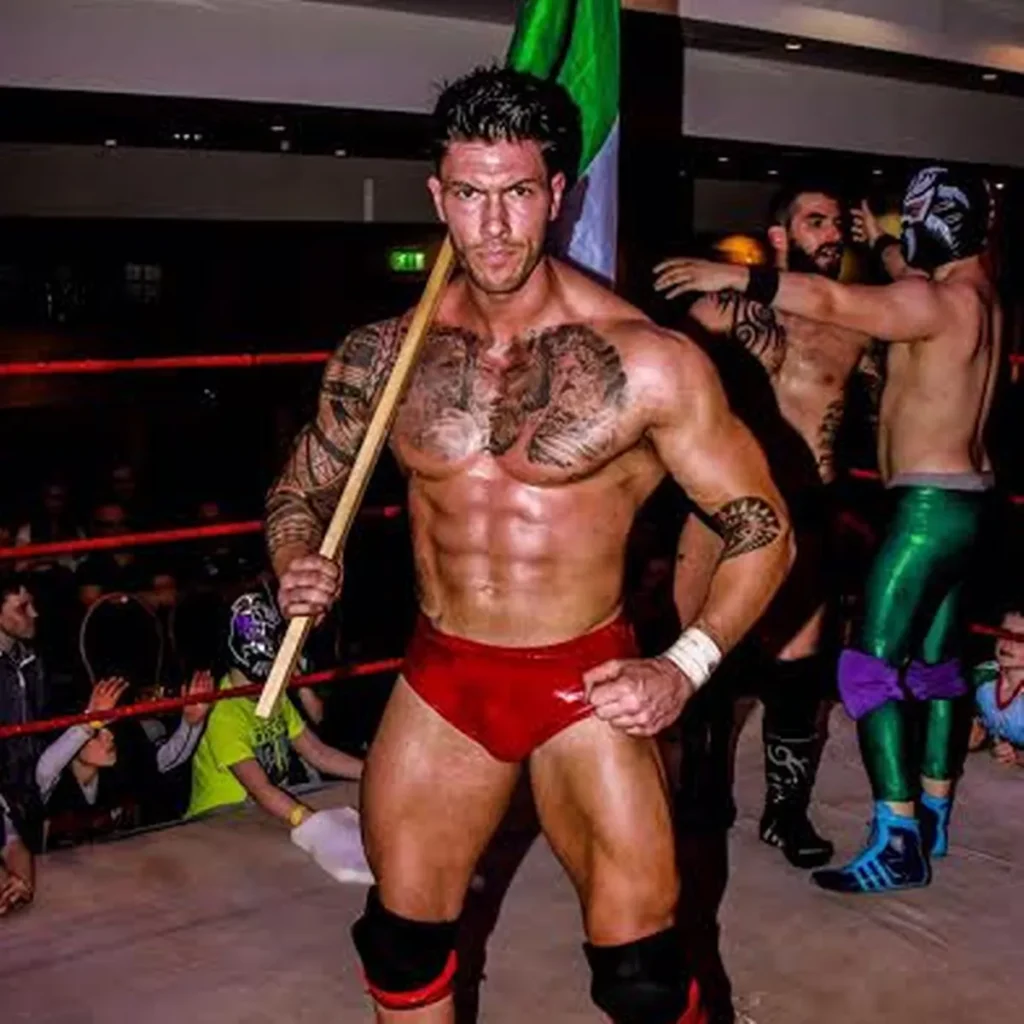
Former Love Island star Adam Maxted is working hard to make a name for himself in wrestling, and 2025 could be the year to do it.
He looks set to be pushed as a top name in the World of Sport Reboot, and wrestled three matches on the two-show taping earlier this year.
His name value will take him far in mainstream promotions, and he will have a breakout year if he can continue to improve in the ring and with his character.
2. Jay Joshua

The Welsh bruiser has quickly been making a name for himself in the UK, and 2025 could prove is breakout year.
The 28-year-old has been wrestling since 2017, but is finally being recognised as a top wrestler.
Jay Joshua was given the opportunity to wrestle British Heavyweight Champion Luke Jacobs in RevPro recently.
While he was unsuccesful, he could go one better next time if he keeps up his momentum going into 2025.
1. Kid Lykos
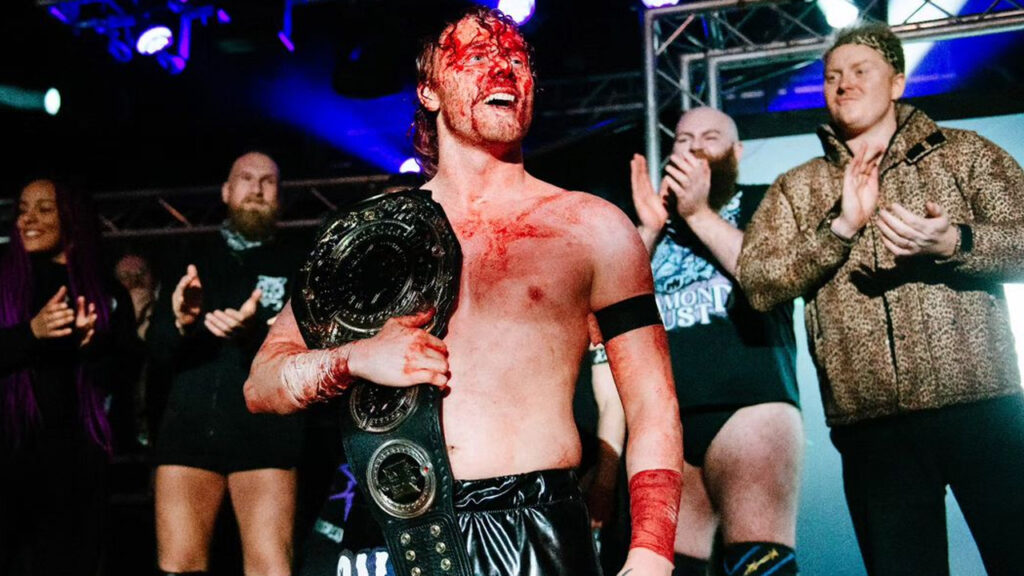
After a 16-month hiatus due to injury, Kid Lykos is ready to become the UK’s biggest star once again.
He may have failed to recover the Progress World Title from Luke Jacobs in 2024, but 2025 should provide him the platform to prove how good he is.
We predict a fued with Kid Lykos II to kickstart his year, before challenging for world titles in Progress and RevPro in 2025.
Don’t be surprised to see a company like TNA sniffing around, if Kid Lykos can perform at the level everyone knows he can.

